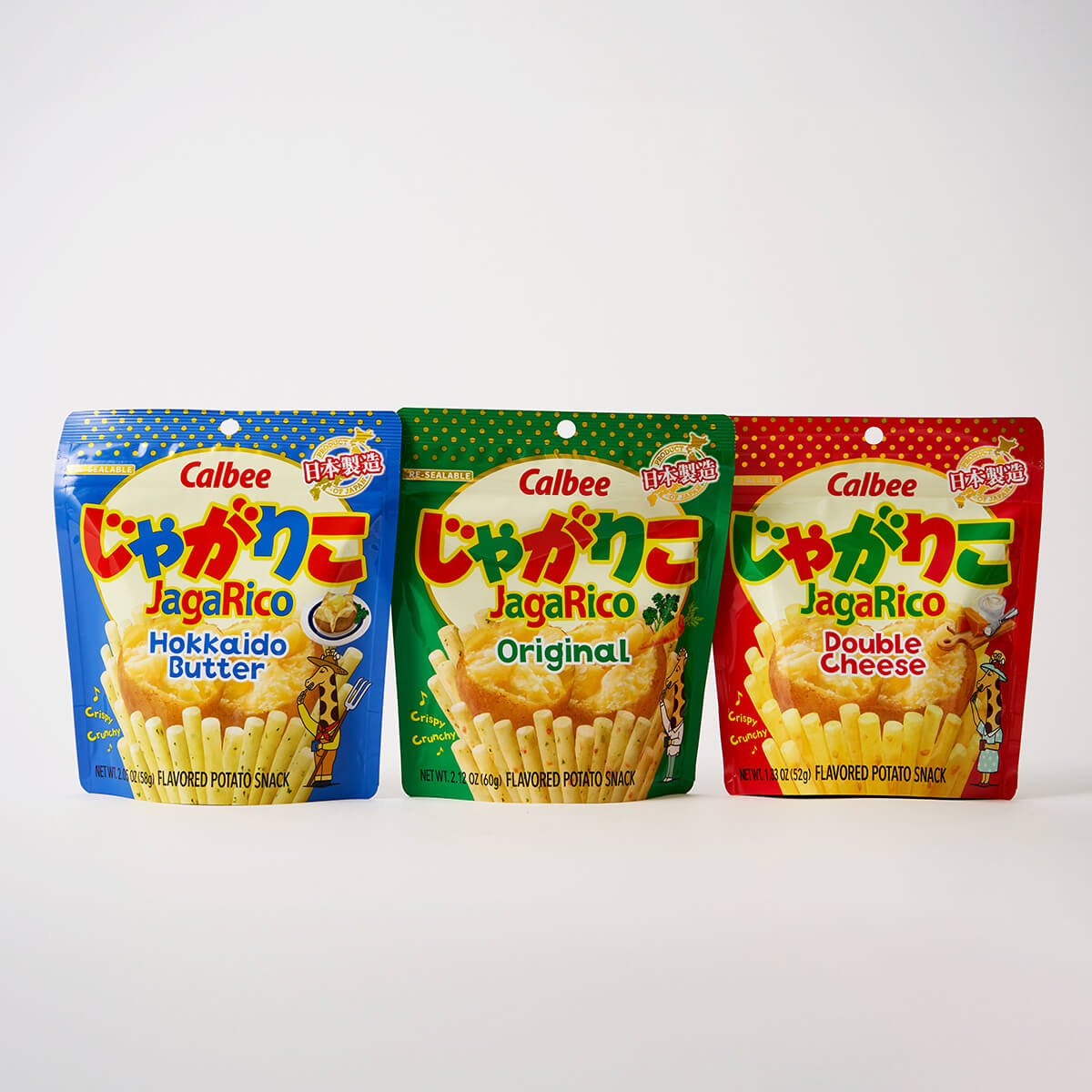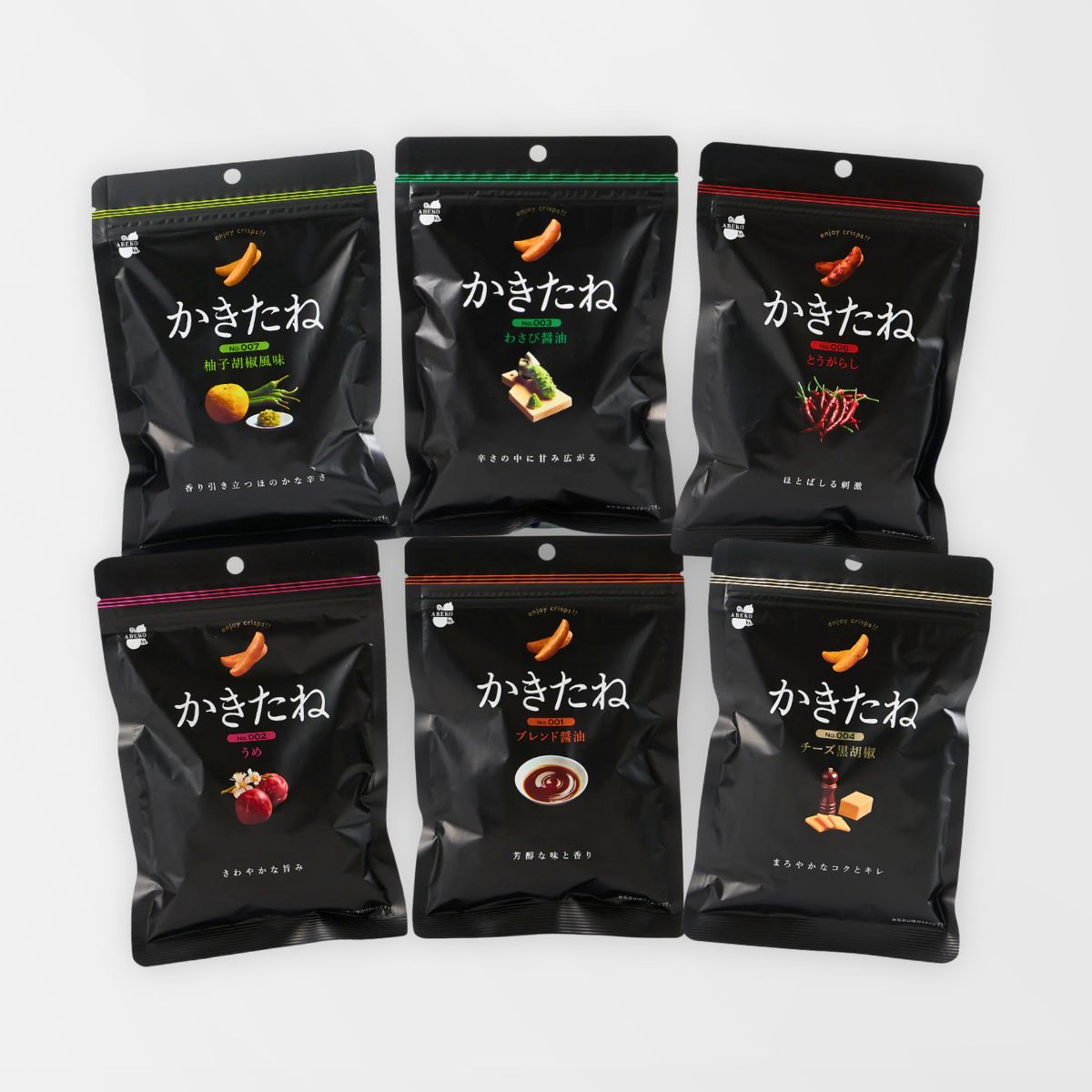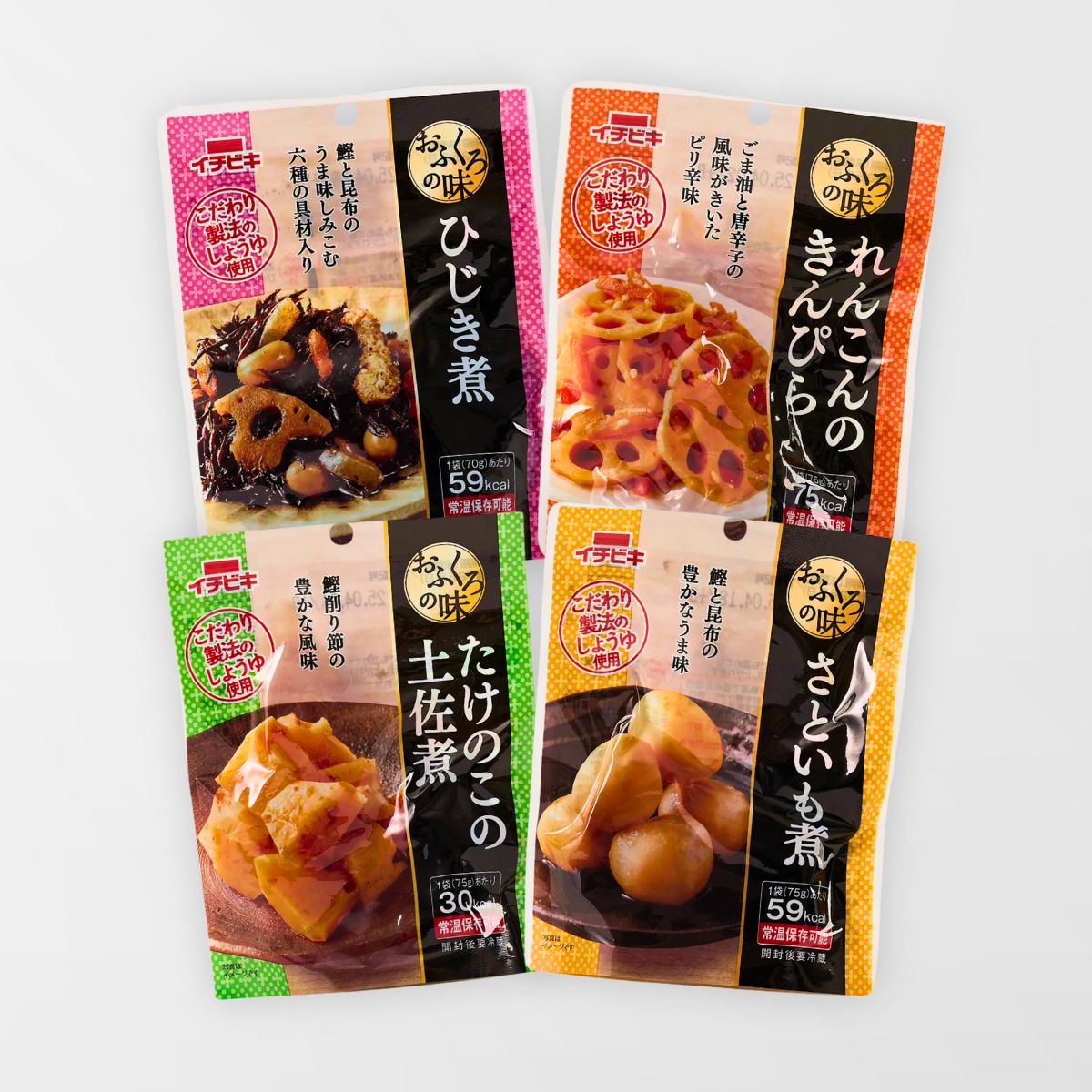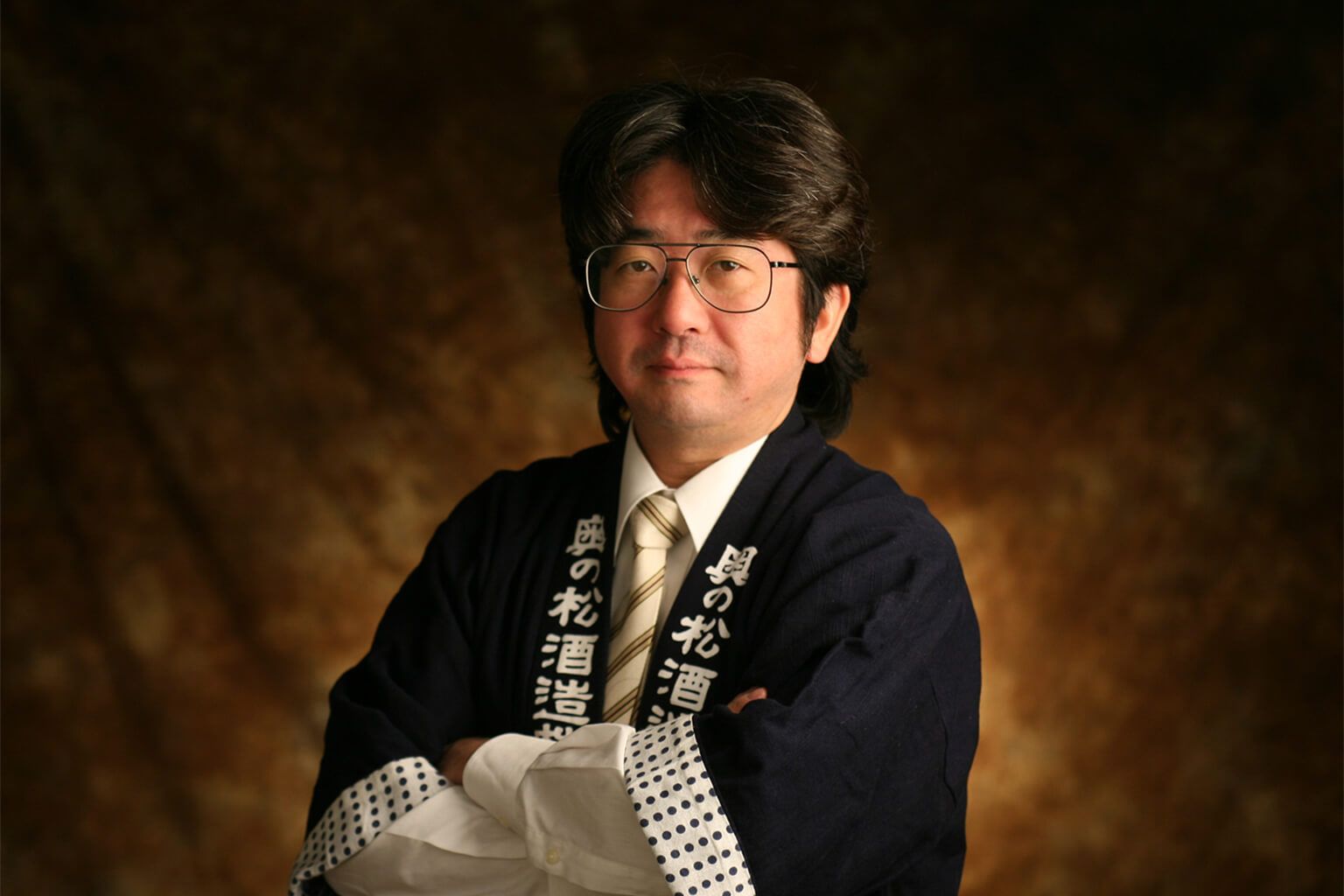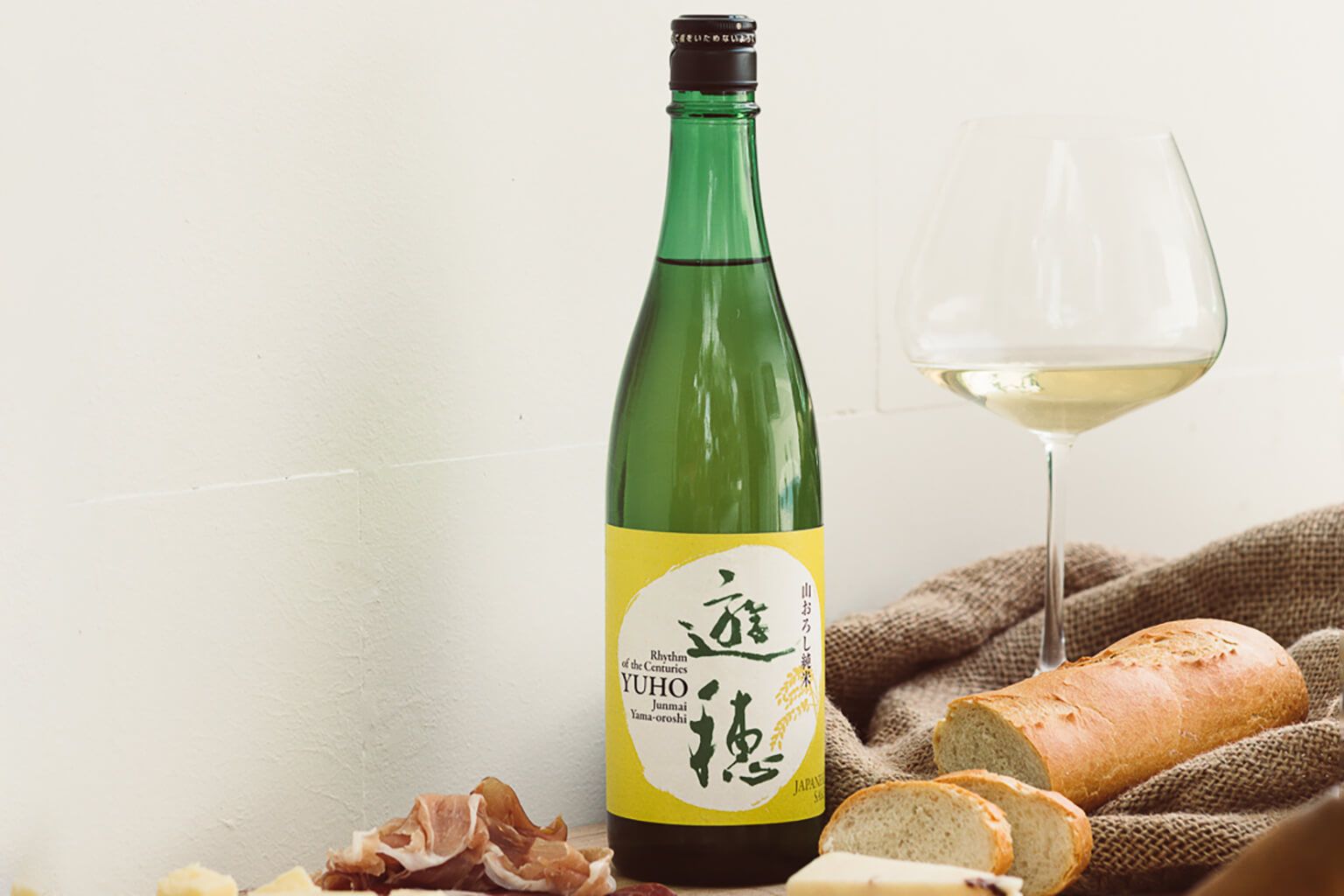Suehiro Brewing Company is one of the most fun breweries to visit—located in one of the beautiful tourist destinations in Tohoku, Aizu Wakamatsu, Fukushima. In this interview, the seventh-generation brewery president, Inokichi Shinjo, shares his bottomless passion and love for Aizu and Suehiro’s sake making.
The jizake sankajo
Mimi (Tippsy Staff): On your website, you list jizake sankajo (three conditions for craft sake) you’ve set for yourselves to make delicious sake. Can you tell us about what led you to setting these conditions?
- Use natural and delicious water to brew sake
- The Aizu Toji’s craftsmanship that’s been passed down
- Sake rice that grew sharing the same water source as brewing water
Inokichi: It sounds really stuffy, but really it’s just the three fundamentals for making jizake (craft sake). Simply put, the fundamentals are water, the toji’s skill and rice. We just took those fundamentals and wrapped them up in a fancy name. So it’s not really something that’s unique to us, but all jizake.
1. Water
Inokichi: And water is especially important. We actually have two breweries. The first, Kaei-gura, which was ranked the most fun sake brewery to visit, was built in the Meiji period (1866–1912).
We made sake here for a long time, but as apartments and housing around the brewery began to increase, the overall water level in the area decreased. We had anticipated this, so for a long time we searched the Aizu region for another suitable water source. That search led us to Aizu Misato-machi, where we are now. The water here comes from Mt. Hakase, so we named the new location Hakase-gura.
2. The toji’s skills
Inokichi: As for the skill of the Aizu Toji, “Aizu Toji” actually didn’t exist as a guild for a long time. Historically, tojis from all over the place would spend 1–2 days traversing the mountains and snow in the winter to reach Aizu and make sake at the brewery. It wasn’t until 1990 that Kazuichi Sato, a toji who had been working with us for 40 years, suggested we start the Aizu Toji Guild so that tojis in the community can study sake brewing.
Now the Aizu Toji Guild has about 40 members and they regularly hold training sessions to hone their skills. They may not have the history of other toji guilds, but they have the same heart and passion for the craft and are continually working to refine their technique.
3. Rice
Inokichi: The final thing is the sake rice. We started using sake rice at the end of the Meiji period (1910–1912). Until then, it was common to make sake with whatever rice you could get ahold of. These days, the most famous and sought after sake rice is Yamadanishiki, which was first cultivated in 1936. Before that, Gohyakumangoku is said to have been the most commonly used sake rice.
But at the end of the Meiji period, in the Shonai region of Yamagata Prefecture, a local farmer by the name of Kameji Abe discovered some flowers of rice blooming in a rice paddy, when most of the rice that year had been damaged due to unusually cold weather. He cultivated it and determined that it would make a good sake rice—which we know as Kamenoo today. Since a sake brewery in Akita used Kamenoo and received top marks at the Annual Japan Sake Awards, our fourth brewery president started learning about the rice.
Since we saw success with sake made with Kamenoo, we asked our local community to harvest more of this rice brand. Although the rice helped us make high quality sake, local brewers stopped using Kamenoo due to its high costs. Eventually, the local farmers stopped making Kamenoo. At the same time, sake made with Yamadanishiki were getting top marks at the Sake Awards.
We spent three years trying to get farmers in Hyogo Prefecture to sell him some. When he finally got his hands on it, the resulting sake instantly won a Gold Award. That’s when it really hit us that the rice makes a big difference.
Mimi: Wow, that journey over the generations shows how serious your brewery takes the quality of sake rice.
Inokichi: Also, our managing director, toji, and I, along with three others who work closely with the rice, visit partner rice farmers four times a year to check on the rice.
We ask the rice how they’re doing and give them words of encouragement. I always say, “Thanks to you, we can make good sake, so please grow strong!” The rice can’t talk back, of course [laughs].
But I think because we’re always thinking about the rice and coming to support them, they respond by growing well. Even in years with poor crops, I think they manage to grow thanks to our words of support. It might just be my projection, though.
But those are the three conditions for brewing craft sake: Finding good water, honing our skills as brewers, and committing to using good rice. These three things serve as the foundation of our brewery.
The most fun sake brewery to visit
Mimi: That’s amazing. The conditions seem so simple yet there’s so much effort that goes into each of them! Moving on to the next question, and you mentioned this earlier, but Suehiro Brewing Company was ranked the most fun sake brewery to visit in Japan. I know it’s difficult to visit now due to the pandemic, but did you have foreign visitors visit previously?
Inokichi: Yes, we did. The number of foreign visitors had actually started growing and our staff were worried because they couldn’t speak English. I can’t either, but I try anyway.
Mimi: I’m sure they understand you if you put your heart into it!
Inokichi: As for the “Most Fun Sake Brewery to Visit” title, we were given that by Nikkei Shimbun Newspaper. Every Saturday, they have a “Rankings for Everything” section. They have national rankings for things like regional sweets and such.
Inokichi: One of the things they found interesting was that the brewery structure is the same as it was when it was built in 1873. It’s a historical three-story wooden structure built without nails, and few examples of this architecture still exist, even in Aizu Wakamatsu’s historical district. We’re still making sake in this historical structure, so you can still experience Aizu’s history there.
Mimi: That’s amazing. I really hope we can visit after the pandemic is over.
Inokichi: We can’t do it now because of the pandemic, but we’d offer tastings with eight different sake to everyone that visited. Most other breweries would charge you for entry and charge you separately just to taste one or two sake, but here you could drink as much as you’d like.
Mimi: Now we definitely have to visit!
Inokichi: Let’s hurry and get the pandemic under control so you can all visit!
A brewery that reflects the history of Aizu
Mimi: Suehiro was founded in the Edo period in 1850. Can you tell us more about the traditions of Aizu Wakamatsu sake that you continue to this day?
Inokichi: Well that was right around the end of the Tokugawa Shogunate, and three years later Commodore Perry came and opened the ports of Japan to the U.S.. I just think it’s amazing that we were able to start the brewery during such an upheaval. But since Aizu is a rice-growing region, if you wanted to make sake, it was relatively easy to make that happen. That’s why there were actually a lot of breweries that were founded in the area. We’re about 170 years old, but we’re not the oldest brewery here.
What is old about the area are the connections to other prefectures. As I mentioned earlier, the lord would send daimyo to oversee the Aizu area, and they would bring loyal followers with them. So there were people from all over Japan in Aizu.
The lord in charge of the Aizu region, Gamo Ujisato, was originally from central Japan, and wanted to drink better sake than what was being made in Aizu at the time. He had brewers from Kyoto come to start making sake here. And with that, Aizu’s sake changed into something we could be proud of. The lacquerware techniques also changed at that time. Finally he brought in cotton weaving techniques from Matsuzaka, in Mie Prefecture. That’s how he really created the foundation for Aizu’s economy at the time.
After that, Tanaka Harunaka, later known as Gensai, began to advocate for people in Aizu to start making sake and lacquerware to support the region’s economy, rather than just relying on farming, which could be affected by poor weather. So we say the two gods of Aizu sake are Gamo Ujisato and Gensai, of which we asked the descendants of the latter for permission to use his name for our daiginjo sake.
Inokichi: I guess you could say the traditions we carry on come from those two people. We aim to bring prosperity to the region through our sake. There’s a saying in Japanese that describes how we do that, “fueki-ryuko” (不易流行), meaning we assimilate some trends of the times while also keeping true to our traditions. That’s what we aim to do when we make sake.
Enjoying Suehiro’s sake
Mimi: It really helps us to understand how much history is behind your brewery. Speaking of your sake, we carry three of Suehiro’s products here at Tippsy. Are there any ways you recommend drinking it?
Inokichi: Generally, I like to drink sake warm—and drinking sake, especially yamahai, that’ s around 50°C (122°F) is really good. When you think about it, a lot of the food we eat is warm, except for things like sashimi. Especially as winter gets closer, drinking warm sake with warm food is really delicious. And it’s gentler on the body, too. So I definitely want to recommend drinking warm sake, especially warm yamahai. But daiginjo sake can be delicious when warmed, too. It all comes down to preference.
Inokichi: As for experimenting with ways to drink sake, rather than adding things to it, think about changing the temperature you serve it. If you’re hosting a dinner party, getting many different types of sake can be difficult and expensive. But if you change the serving temperature of sake, you can make your guests think that you did. So try matching the temperature of the sake to each course of the meal.
The balance and interaction of the lactic acid in the sake with the food and how temperature affects that, I think it’s really interesting. Playing with the temperature of sake makes food more enjoyable, and good food in turn makes sake more enjoyable. Those are my thoughts on sake.
Mimi: What does sake mean to you?
Inokichi: To me, the biggest motivation behind why I make sake, the thing that I enjoy the most, is seeing the happy faces of people as they drink our sake. That look when they think, “This is delicious!” The monk who is the namesake of the famous champagne, Dom Pérignon, is quoted as having said, “I’m drinking happiness,” while drinking the champagne he made. I hope that our customers say the same thing when they’re drinking our sake. And that’s what I feel when I’m drinking sake. That’s what sake is to me. And that’s what I hope to bring to you.




